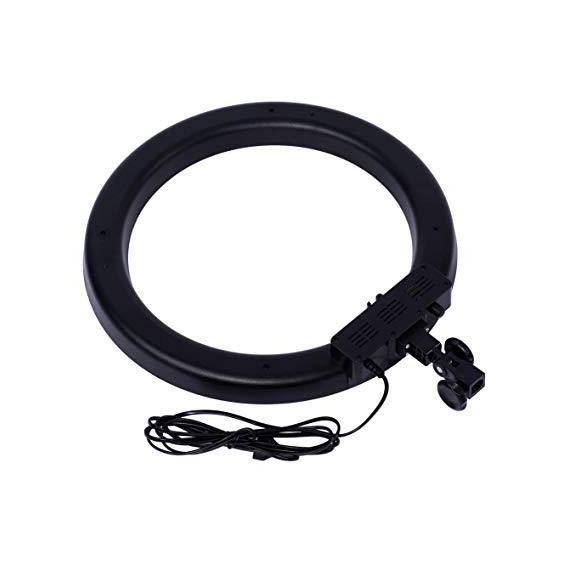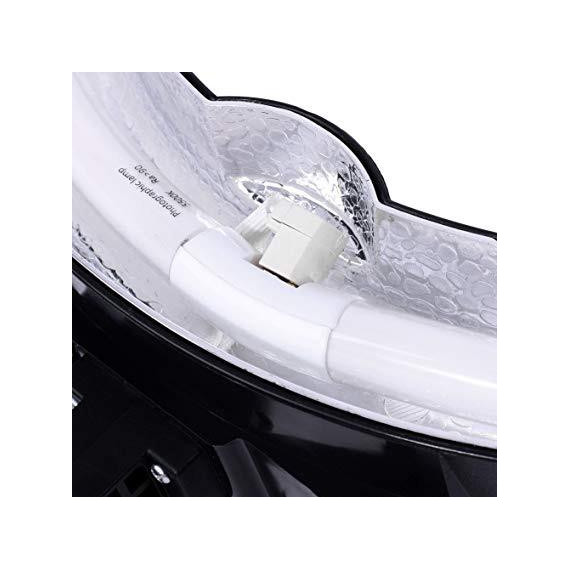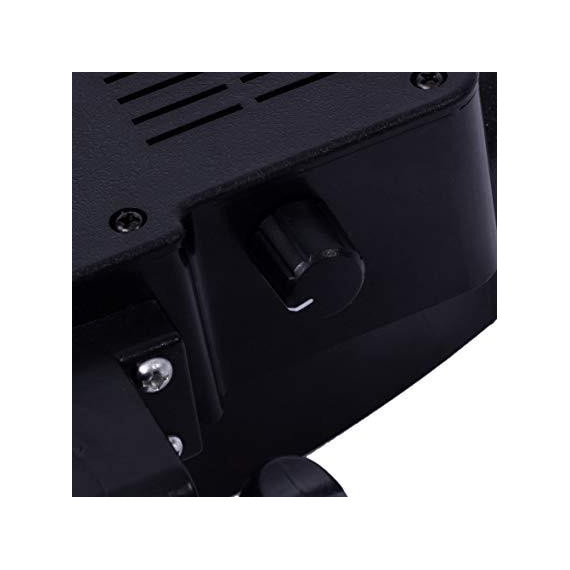C. Harrington
After my $300 Diva ring light stopped working I decided to purchase this because its cheaper and does the same thing. I will tell you from experience that this is essentially the same ring light as the $300 Diva brand. The only difference is the name on the packaging. The build quality is the same, the light output is the same, and even the light bulb itself can be traced back to the same manufacture (both Neewer and Diva purchase their bulbs from the same company). Let me explain why this light is essential for perfect selfies and portraits. Its all about light and color balance! Light is not always what it seems. Our eyes are very forgiving, so when we move from place to place everything seems normal in terms of color. So, for example, when moving from a bright daylight environment to a room lit by a candle all that will appear to change, to the naked eye, is the light level. Yet record these two situations using a camera and the first will have a blue hue and the latter will come out with a heavy orange cast (nobody likes orange skin in pictures). This is because our brain can quickly adjust to the changes, making white appear white, whereas our cameras are balanced for one particular color and anything that deviates from this will produce a color cast. The color variation is referred to as the color temperature and is measured in degrees Kelvin. The scale ranges from the flame of a candle at around 1900K to deep blue sky at around 10,000k as illustrated by the diagram Ive included. The light source is listed next to the degrees in Kelvin, both set against the color of the light at each level. You will notice that the color next to the Average noon daylight (5500K) is white (which is what ring lights produce). This is the color temperature that cameras are balanced to which means that when shooting using a 5500K white balance, the photograph will record white objects as white and all the colors in an image will appear natural. If you shoot in conditions that measure a higher temperature the photo will start to become bluer and shoot in conditions below the 5500 temperature and they will increase in orange. The colors here dont just relate to daylight conditions artificial light also introduces a color cast. With fluorescent lights this is often green and with tungsten lighting it will be yellow, while flash can be slightly blue. If you own a digital camera you may have read about the white balance control. Most digital cameras have an automatic color balance. This will look at a scene and if it thinks the color is too blue it compensates to make it natural by adding a red shift to the colors recorded. Likewise if it sees an orange scene it will increase the blue content. A 5500K ring light is perfect because not only does it produce a consistent color of light, but it surrounds your face with light and gives dimensions to your facial features. Have fun!
















